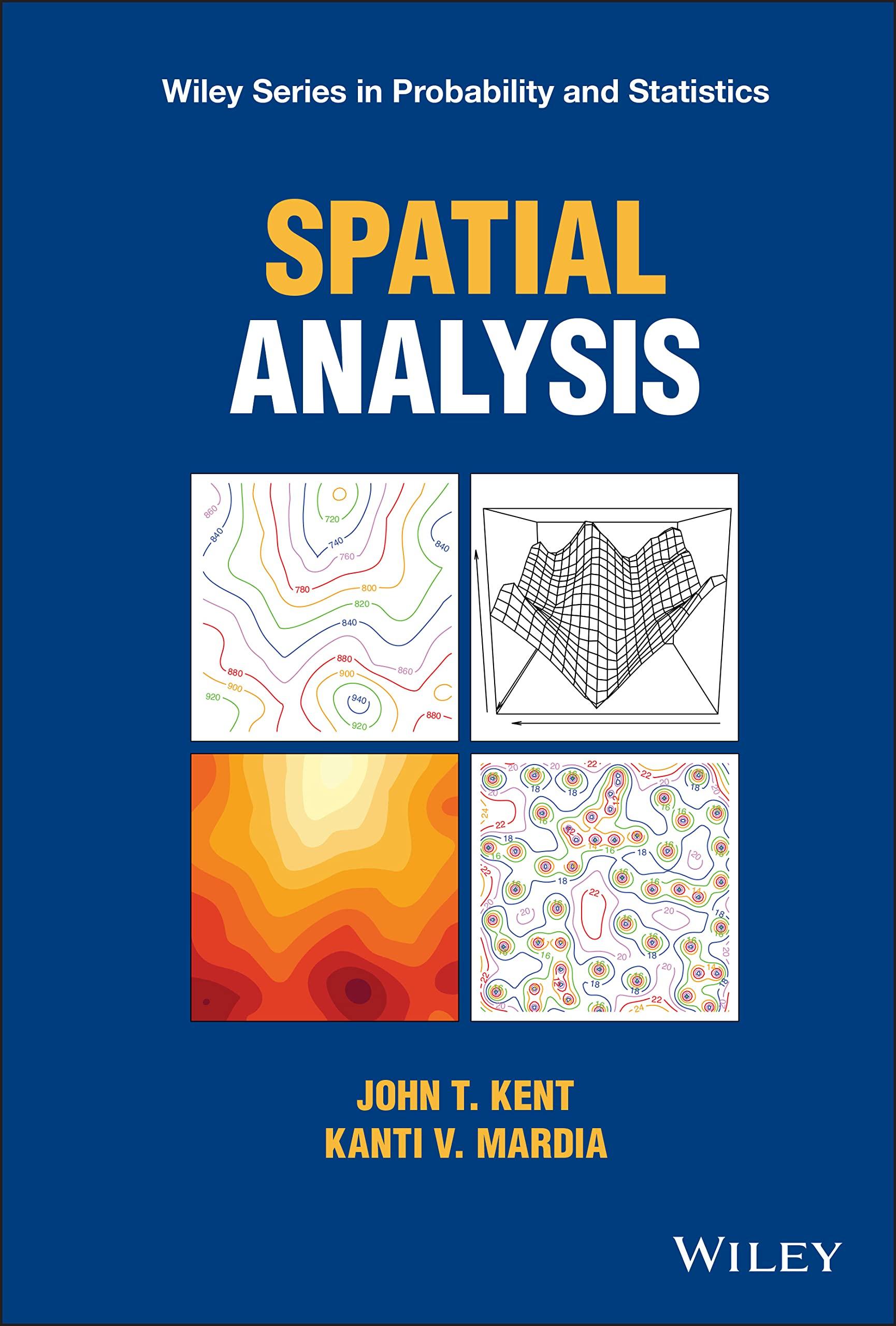4.8 Verify Eq. (4.68) to show that the three types of conditioning on the past are equivalent...
Question:
4.8 Verify Eq. (4.68) to show that the three types of conditioning on the past are equivalent for a Gaussian QAR model, E[Xt|(Xt−s, s ∈ )] = ∑
s∈
asXt−s, E[Xt|(Xt−s, s ∈ )] = ∑
s∈
asXt−s, E[Xt|(Xt−s, s ∈ )] = ∑
s∈
asXt−s.
Hint: For simplicity work in d = 2 dimensions. The Gaussian zero-mean QAR model (4.66) is a special case of a UAR with respect to the lexicographic half-space in (4.52). The spectral density is given by f(????) ????2
(2????)d
|
|
|
|
|
|
1 −
∑
s∈
aseisT????
|
|
|
|
|
|
−2
, and the innovation term, ????t = Xt − ∑
s∈asXt−s, is uncorrelated with Xt−s for all s ∈ .
Set
′ = {s ∈ ℤd ∶ s ≠ 0 and the last nonzero component s[????] of s is positive}.
to be the lexicographic half-space of ℝ2 obtained by interchanging the roles of t[1] and t[2] in the definition of in (4.52). Then f(????) also defines a UAR with respect to ′
.
The innovation term is still ????t, as defined above, and is thus also uncorrelated with Xt−s for alls ∈ ′
. After writing Xt = ????t + ∑
s∈asXt−s, the desired result follows from the following properties: (i) ⊂ ⊂ = ∪ ′
, (ii) ????t is uncorrelated (and hence independent under the Gaussian assumption)
with Xt−s, s ∈ , and (iii) ∑
s∈asXt−s is constant given (Xt−s, s ∈ ).
Step by Step Answer:







